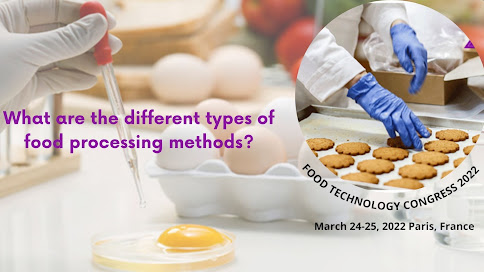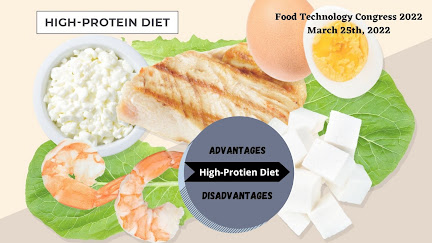What are the different types of food processing methods?
Any procedure for converting fresh foods into food items is referred to as food processing. This can include a variety of operations such as washing, cutting, pasteurising, freezing, fermenting, packaging, cooking, and many others. Adding substances to food, for example, to improve shelf life, is also part of food processing. Traditional and modern methods of food processing include heat treatment, fermentation, pickling, smoking, drying, and curing (pasteurisation, ultra-heat treatment, high pressure processing, or modified atmosphere packaging).Some of the common methods are described below:
Canning: The dish has been cooked at a high temperature.
Pasteurization is the term for this process. The meal is then packaged and kept
in an airtight can. Check our infographic showing the processing steps for
canned tomatoes.
Fermentation: Under anaerobic circumstances, bacteria, yeasts, and
other microorganisms break down carbohydrates. This means that no oxygen is
required for the process to occur (apart from oxygen present in sugar).
Fermentation is notably used in the production of alcoholic beverages such as
wine, beer, and cider, and in the preservation of foods such as sauerkraut, dry
sausages, and yoghurt, but also for raising dough in bread production.
Freezing: Food temperatures are reduced to below 0°C to decrease
the activity of harmful bacteria. The process can be used to preserve the
majority of foods including fruits, vegetables, meat, fish, and ready meals.
Modified atmosphere packaging: Air inside a package is substituted
by a protective gas mix, often including oxygen, carbon dioxide and nitrogen –
gases that are also present in the air we breathe. They help to extend the
shelf life of fresh food products - usually of fruits, vegetables, meat and
meat products, and seafood.
Pasteurisation: Food is heated and then quickly cooled down to kill
microorganisms. For example, raw milk may contain harmful bacteria that cause
foodborne illnesses. Boiling it (at home) or pasteurising (on a large scale) is
crucial to ensure it is safe to consume. Apart from dairy products,
pasteurisation is widely used in preservation of canned foods, juices and
alcoholic beverages.
Smoking: A process of heat and chemical treatment of food to help
preserve it by exposing it to smoke from burning material such as wood. Smoked
foods usually include types of meat, sausages, fish or cheese.
Additives: Food additives play an important role in preserving the
freshness, safety, taste, appearance and texture of processed foods. Food
additives are added for particular purposes, whether to ensure food safety, or
to maintain food quality during the shelf-life of a product. For example,
antioxidants prevent fats and oils from becoming rancid, while preservatives
prevent or reduce the growth of microbes (e.g. mould on bread). Emulsifiers are
used for instance in improving the texture of mayonnaise, or stopping salad
dressings from separating into oil and water.




Comments
Post a Comment